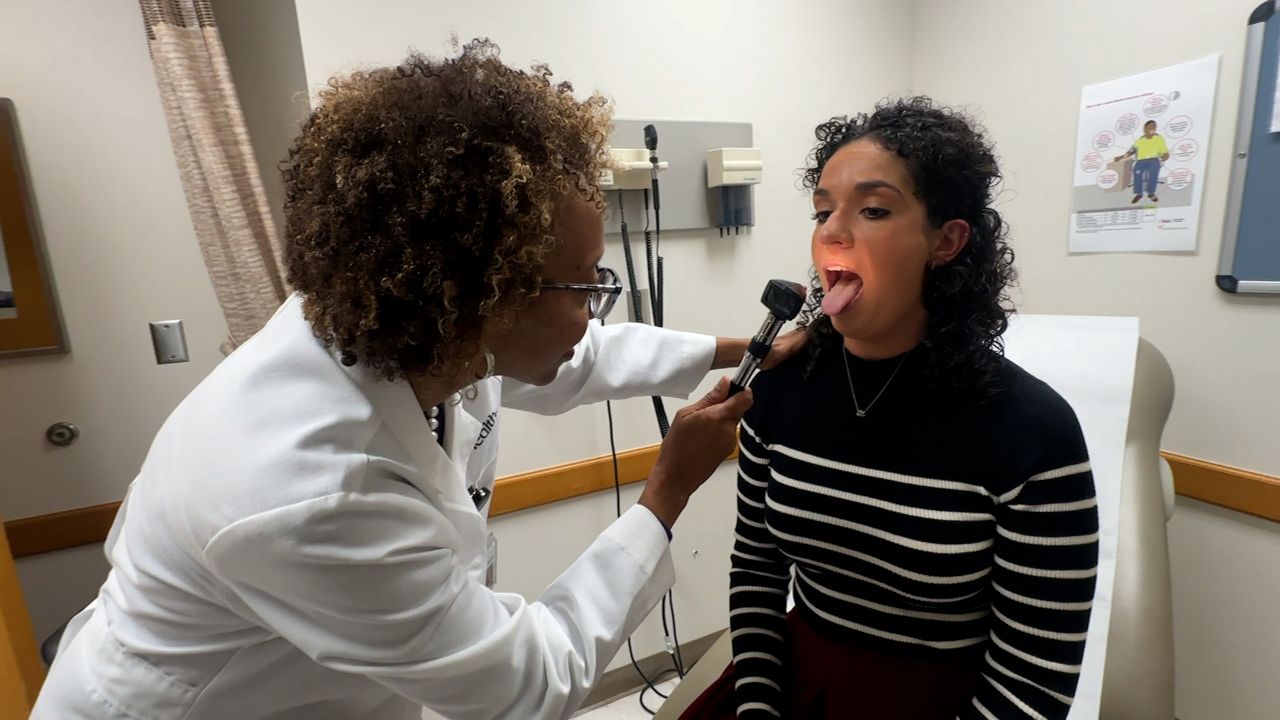Sports
I’ve Seen the Future of Pharmacy Practice in My Children’s Sports Journeys

I’M GRATEFUL FOR MY ATHLETICS EXPERIENCE, TRAVELS, AND COACHING
I’ve had the good fortune and privilege to compete both as a runner and a coach at a high level, participating in National Collegiate Athletics Association Division I track and field championships and being a part of a multidisciplinary team that coached multiple Olympians. Some of my success and wisdom in the sport came from a congenitally misaligned tibia, causing stress fractures and excess compression on my medial compartment, which forced me to learn a lot about biomechanics and the kinesiology of running and “running economy” (the ability to run faster at the same level of effort). As a Level II–certified USA Track & Field coach, and with my learnings from other coaches, textbooks, and self-teaching, plus strengthening exercises and conditioning, I was often charged with helping some of the best runners in the world—including 4 who broke the American record in the distance medley relay while in college—to help recover from injuries, prevent others, and finetune running mechanics. Running mechanics can make the difference between first and last in a race, alongside conditioning, power, grit, and racing strategy. Track and field has given me the opportunity to travel to nearly all the states and hundreds of college towns, and introduced me to my wife of more than 23 years. I am grateful for all of it.
NEARLY EVERY COACHING AID YOU CAN IMAGINE NOW EXISTS ON THE INTERNET — AND MOST OF IT IS OF REASONABLY HIGH QUALITY
Now, a few chapters later in life, first in practice, then in policy, and now with growing children, I hope to share my experiences and expertise with them (and, as it turns out, their friends, who to my surprise often want to join them) through regular sessions of running drills and explosive and agility movement exercises, with an occasional swim session, game of tag, or water balloon fight to keep it light and fun.
Recently I’ve been getting requests from parents whom I know either professionally or socially to help assess their child’s running form, aptitude, and general prospects for athletics. Honestly, it takes me about 10 seconds of watching a person run to assess what their most biologically optimal event would be, which mechanics and strength exercises need to be honed, and how their running would translate to other select sports. You simply get good with practice, whether coaching track or practicing pharmacy.
Many of these requests are now coming from afar, including one recently on the opposite side of the country. I’ve discovered it is easy to identify mechanical literacy (and gross illiteracy) as well as mechanical aptitude via video or FaceTime, but it is quite difficult to demonstrate drills online or help the parent or athlete with understanding the why—for instance, why so many drills emphasize dorsiflexion, which can be done by holding an athlete’s toes in place to show them that “a short lever is a fast lever.”
Much to my amazement, and perhaps largely owed to being out of coaching for nearly 2 decades now, I have been surprised to find that there is a plethora of freely accessible, high-quality social media feeds on all things running, agility, and strengthening drills for every type of sport. My favorite is from world-class decathlete Chari Hawkins, who not only explains the drills but is really good at performing them—after all, that’s why she is world class. Modeling after a person who does them to near perfection is a good idea. What used to be a special area of expertise my own athletes sought from me is now widely available and well known. Parents of any athlete would do well to get their children onto one of these feeds; they tend to be instructive, kid friendly, age appropriate for teens, and without charges or fees.
AN EVIDENCE BASE LITERALLY AT OUR FINGERTIPS
About the Author
Troy Trygstad, PharmD, PhD, MBA, is executive director of CPESN USA, a clinically integrated network of more than 3500 participating pharmacies. He received his PharmD and MBA degrees from Drake University and a PhD in pharmaceutical outcomes and policy from the University of North Carolina. He recently served on the board of directors for the Pharmacy Quality Alliance and the American Pharmacists Association Foundation. He also coached track at the University of North Carolina at Chapel Hill at the turn of the century.
For pharmacy practice, the external reference book was replaced by smartphone apps, downloaded to mobile devices, and enhanced with algorithmic functions and decision support. Now, with artificial intelligence (AI) emerging, we will soon have literal digital assistants. Without a doubt, the use of AI in health care service delivery will become standard, if not best practice, and it will come sooner to specialties such as radiology, and with some teammates, like transcriptionists.
But for the pharmacist, it is harder to predict. Interpretation of orders seems ripe for prepopulating data entry, and validating “right pill, right bottle” seems frankly better suited for a machine than a human. Yet discovery of drug therapy problems and suboptimal regimens seems like a team sport between the pharmacist and their AI assistant. And interviewing the patient?
Understanding where they are coming from—their history, self-interpretation of their conditions, and understanding of their therapies? It feels like that is where we are reaching the boundaries of science fiction if we are to believe that you would entirely replace the need for a pharmacist, at least in the short term—which in the 21st century is about a decade at most.
WILL AI MAKE OUR JOBS EASIER OR TAKE THEM AWAY?
It likely depends on the type of health professional you are and what your specific practice is, but the throughline of being indispensable is likely to be related to AI as an assistive device to a professional—who the patient-consumer wants to be human—rather than a replacement for whatever information or service in which patient-consumers don’t really care whether the source is human or not. It sounds trite, but sometimes the obvious answer is, well, obvious. Some consumers still use travel agents, especially when visiting new places or with travel or recreational activities not previously experienced. They want a human to provide contextual experience and relationship-centric advice they feel can be trusted. No amount of AI is going to persuade some patients who are vaccine hesitant to go get poked.
RELATIONSHIPS STILL TRUMP KNOWLEDGE, ESPECIALLY WHEN BEHAVIOR CHANGE AND COACHING ARE REQUIRED
For the foreseeable future, a machine might best identify faults in one’s running mechanics. It might also suggest drills and strengthening exercises to help resolve those mechanical inefficiencies. It might even have a deepfake of my own demonstrations to aid in the runner’s interpretation of those drills. But it’s not likely to play a replacement role in getting those kids to show up at the intramural fields or the track for practice, or to motivate them to do the drills properly, or to receive context about aches and pains and adjustments in real time so that they are optimizing their practice. Last week, my 12-year-old son asked me how long we’ll continue these sessions. I told him, “As long as you like for the 6 years until you graduate, at which point if you still enjoy running, I’ll turn you over to another expert.” I’m confident (for the time being) that AI will not replace my relationship with him.







